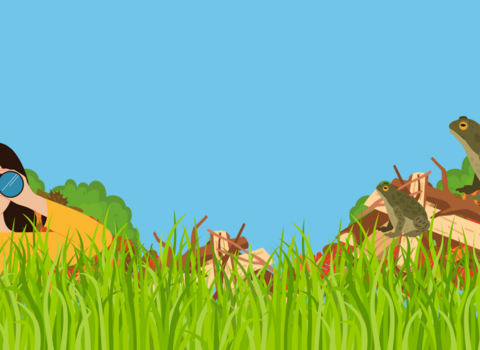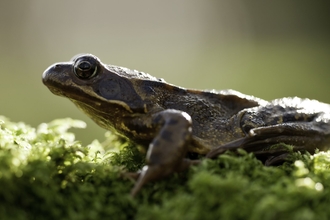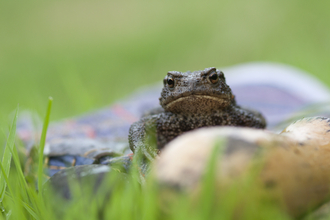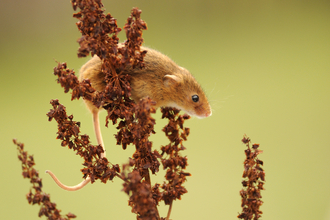We’ve received over 450 records of toads, toad crossings and toadlets in Essex, a fantastic number that is helping us to build on our knowledge and records of toad hotspots, breeding sites and potential toad crossings within the county.
Despite their name, the common toad is becoming increasingly uncommon in our landscape, as a study by Froglife showed they have declined by 68% over the last three decades, therefore, these recordings provide vital knowledge for us.
As Essex becomes increasingly developed and paved-over, we must determine where the toads and toad crossing are in Essex, to stop them from losing their precious networks.
Help us record Essex’s toads
We record toad sightings through Nature Counts, Essex Wildlife Trust's online recording system.
If we get enough toad sightings in an area, we may be able to establish a toad crossing, where volunteers can help toads safely cross roads at key times of the year.
Report a toad sighting
Have you ensured that your garden is toad friendly?
Welcome these warty wanderers into your garden with log piles and mini-ponds. Let us know your garden is suitable for toads by plotting it on our virtual map.







